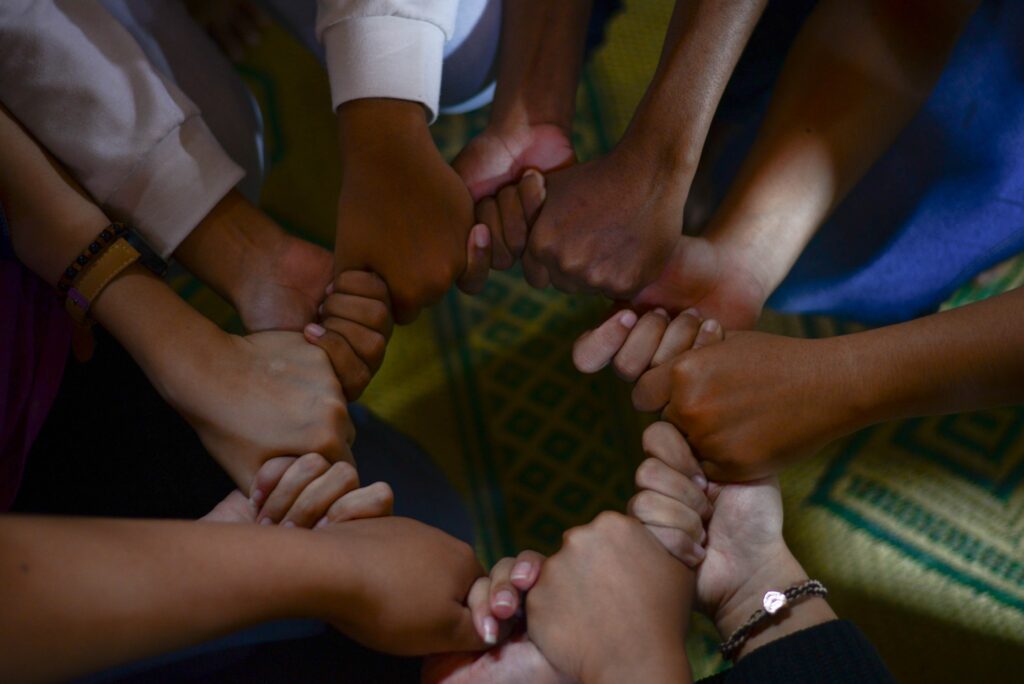
We humans have a remarkable capacity for learning new things. We begin as soon as we’re born—maybe even before—and though that facility seems to slow down as we age, we still continue to learn.
A key to the way we learn new things is comparison. I tell my students that we all have a metal rack in our brain, with lots of hooks on it. When we come across something we didn’t know before, we look for something similar that’s hanging on the rack, and we hang the new thing right next to it. That allows us to get a jump start on the new thing by pulling in what we already know about the similar thing. It’s efficient.
And one way to do that is to use metaphors. This new concept, this abstract idea, is “like” this other thing that we’re already familiar with.
The Scripture does that sort of thing all the time. Jesus’ parables are just one example. And the whole story of God’s dealings with Israel is pictured in Hosea’s relationship with his unfaithful wife.
Similarly, there are biblical pictures of our union with Christ.
The first one I notice is Jesus’ feeding of the 5000, after which Jesus offends many of his hearers, apparently intentionally, by saying,
51 I am the living bread that came down out of heaven; if anyone eats of this bread, he will live forever; and the bread also which I will give for the life of the world is My flesh. … Truly, truly, I say to you, unless you eat the flesh of the Son of Man and drink His blood, you have no life in yourselves. 54 He who eats My flesh and drinks My blood has eternal life, and I will raise him up on the last day. 55 For My flesh is true food, and My blood is true drink. 56 He who eats My flesh and drinks My blood abides in Me, and I in him (Jn 6.51-56).
Near the end of his earthly ministry Jesus repeats the concept—though, oddly, John doesn’t report it. Matthew’s account reads,
26 While they were eating, Jesus took some bread, and after a blessing, He broke it and gave it to the disciples, and said, “Take, eat; this is My body.” 27 And when He had taken a cup and given thanks, He gave it to them, saying, “Drink from it, all of you; 28 for this is My blood of the covenant, which is poured out for many for forgiveness of sins” (Mt 26.26-28).
Just as “we are what we eat,” so we become united with Christ by taking him into us. Now, Jesus put this in crudely physical terms—that’s what many of his hearers found so offensive (Jn 6.52, 60, 66)—in such a way that even to this day some readers teach that we eat Jesus’ literal body in the Eucharist. But just as the New Covenant is spiritual, not physical (Jer 31.31-34), Jesus intends that we take in his teachings and his works so thoroughly and intensely that they become part of us, part of who we are to the very core.
And so, apparently, part of the responsibility for being united with Christ falls on us. We take him in, and he takes us in.
That’s a sobering responsibility.
Jesus uses another illustration of our union with him:
4 Abide in Me, and I in you. As the branch cannot bear fruit of itself unless it abides in the vine, so neither can you unless you abide in Me. 5 I am the vine, you are the branches; he who abides in Me and I in him, he bears much fruit, for apart from Me you can do nothing (Jn 15.4-5).
A plant, an organism, lives only by staying together. Parts that fall away from the vine cannot thrive, for they get their sustenance from the core. Similarly, we cannot thrive apart from the spiritual strength we derive from being connected to Christ.
We often forget that. As we grow, we develop competence at things we give our attention to, and we grow confident that “I can handle it.” And to an extent, that’s true. I can write the letters of the alphabet. I can poach an egg. I can ride a bicycle. I can shave without cutting myself.
But in the spiritual realm—in living with authenticity, in accomplishing genuine spiritual growth, in genuinely edifying others, in effectively telling the story of the gospel—I can’t do anything without the Vine, without being connected to the Son.
More pictures next time.
Part 3: More Pictures | Part 4: Even More Pictures | Part 5: Outcomes | Part 6: More Outcomes | Part 7: Even More Outcomes | Part 8: And More | Part 9: Corollaries
Photo by Wylly Suhendra on Unsplash

Leave a reply. Keep it clean.